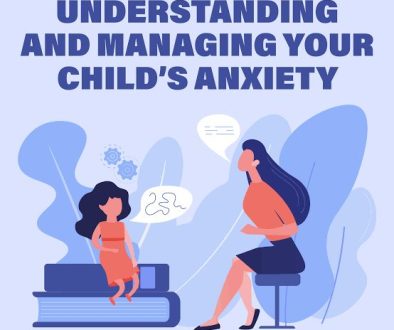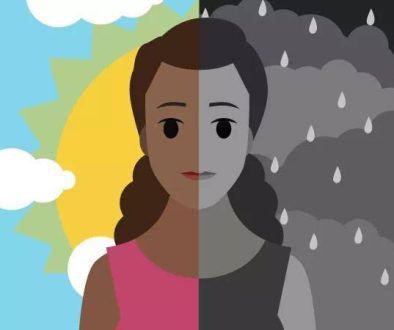Exploring the Link Between ADHD and Creativity
Attention Deficit Hyperactivity Disorder (ADHD) is a neurodevelopmental disorder characterized by symptoms of inattention, hyperactivity, and impulsivity. While ADHD can present challenges in various aspects of life, research suggests that individuals with ADHD may possess a unique cognitive profile that fosters creativity.
The ADHD Brain: A Hub for Creativity?
Studies have shown that individuals with ADHD tend to exhibit enhanced creative abilities, particularly in areas such as art, music, and writing. This may be attributed to the distinct cognitive characteristics of the ADHD brain, including:
1. Divergent thinking: Individuals with ADHD often exhibit a greater capacity for divergent thinking, which involves generating a wide range of ideas and solutions.
2. Hyperfocus: While individuals with ADHD may struggle with sustained attention in certain contexts, they often exhibit hyperfocus when engaged in activities that capture their interest.
3. Enhanced imagination: ADHD individuals tend to have a more vivid and active imagination, which can facilitate creative thinking and problem-solving.
4. Increased risk-taking: Individuals with ADHD often exhibit a greater willingness to take risks and challenge conventional norms, which can lead to innovative and creative solutions.
Theories Behind the ADHD-Creativity Link
Several theories attempt to explain the connection between ADHD and creativity:
1. The “default mode network” theory: Research suggests that individuals with ADHD may have altered activity in the default mode network, a set of brain regions involved in introspection and mind-wandering. This altered activity may contribute to enhanced creative abilities.
2. The “cognitive disinhibition” theory: This theory proposes that individuals with ADHD may have reduced cognitive inhibition, allowing them to generate a wider range of ideas and solutions.
3. The “compensatory mechanisms” theory: This theory suggests that individuals with ADHD may develop compensatory mechanisms, such as enhanced creativity, to offset the challenges posed by their ADHD symptoms.
Real-World Examples of ADHD and Creativity
Many successful and creative individuals have spoken publicly about their ADHD diagnoses, including:
1. The musician and entrepreneur has talked openly about his ADHD diagnosis and how it influences his creative process.
2. Solange Knowles: The singer-songwriter has discussed how her ADHD diagnosis has affected her music and artistic expression.
3. Adam Levine: The Maroon 5 frontman has spoken about his ADHD diagnosis and how it contributes to his creative energy.
Conclusion
While ADHD can present challenges in various aspects of life, research suggests that individuals with ADHD may possess a unique cognitive profile that fosters creativity. By embracing and leveraging their creative strengths, individuals with ADHD can turn their differences into advantages. As our understanding of the ADHD-creativity link continues to evolve, it is essential to recognize and support the creative potential of individuals with ADHD.



